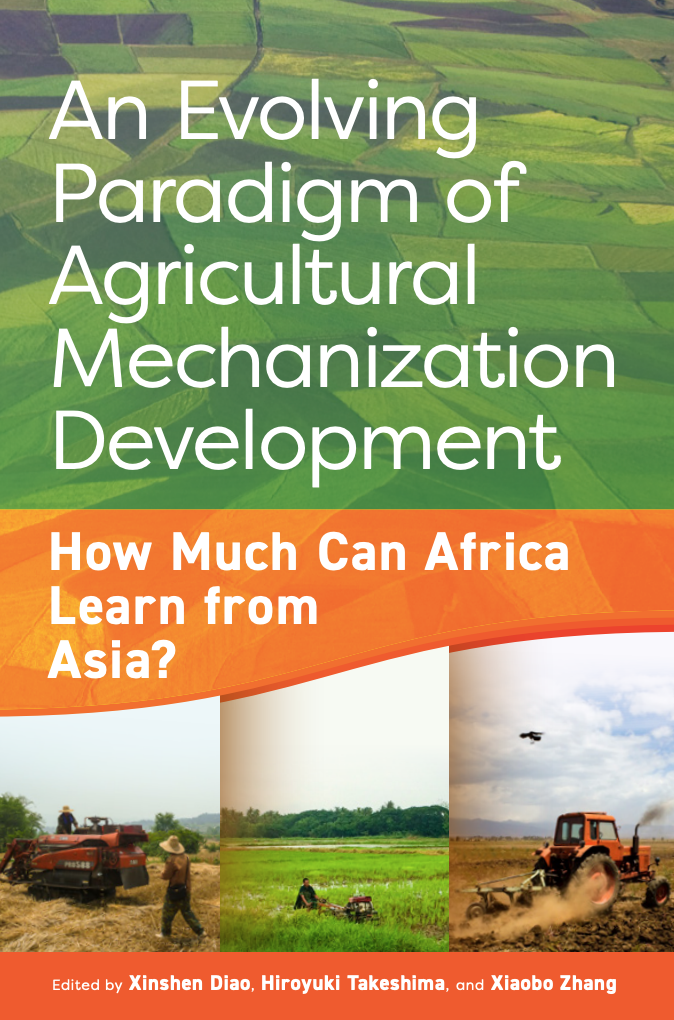Agricultural machinery plays a significant role in increasing the productivity and efficiency of farming practices in developing countries. These countries face unique challenges such as limited access to resources, lack of skilled labor, and unsustainable farming methods. This article aims to explore the importance of agricultural machinery in developing countries and how it has the potential to revolutionize their agricultural sector.
1) Challenges facing the adoption of agricultural machinery in developing countries
As a farmer in a developing country, I have experienced firsthand the challenges that come with the adoption of agricultural machinery. While these machines have the potential to greatly increase productivity and efficiency, there are several hurdles that need to be overcome. Firstly, the high cost of purchasing and maintaining the machinery is often a major deterrent for small-scale farmers like myself. Additionally, the lack of access to credit or financial support makes it difficult to invest in these expensive machines. Furthermore, the lack of proper infrastructure, such as suitable roads and electricity supply, poses a significant obstacle in effectively utilizing agricultural machinery. Despite these challenges, I believe that with proper government support and investment, the adoption of agricultural machinery can be a game-changer for farmers in developing countries.
2) The role of agricultural machinery in improving food security in developing countries

In my opinion, the role of agricultural machinery in improving food security in developing countries cannot be underestimated. With the use of mechanized equipment such as tractors, harvesters, and irrigation systems, farmers are able to increase their production yield significantly. This, in turn, helps to address the issue of food scarcity and malnutrition, which are prevalent in many developing nations. Furthermore, agricultural machinery also reduces the labor-intensive nature of farming, allowing farmers to save time and energy. This enables them to devote more time to other important tasks like crop diversification and production planning. Overall, the incorporation of agricultural machinery is crucial in uplifting the agricultural sector and ensuring food security for the growing population in developing countries.
3) Strategies to promote the use of agricultural machinery in developing countries
In my opinion, one of the most effective strategies to promote the use of agricultural machinery in developing countries is through education and training. Many farmers in these countries may be unaware of the benefits and advantages of using machinery in their agricultural practices. By providing them with the necessary knowledge and skills through workshops, seminars, and practical training sessions, we can empower them to make informed decisions and adopt the use of machinery in their farming activities. Additionally, offering financial incentives such as subsidies or loans specifically for the purchase of agricultural machinery can further encourage farmers to invest in this technology. Lastly, partnerships and collaborations with local governments, NGOs, and agricultural machinery manufacturers can help ensure the accessibility and affordability of these machines for farmers in developing countries.
4) The impact of agricultural machinery on rural livelihoods in developing countries
As a woman living in a developing country, I have witnessed firsthand the positive impact that agricultural machinery has had on rural livelihoods. These machines have increased productivity and efficiency in farming practices, resulting in higher crop yields and income for farmers. With the help of these technologies, farmers are able to cultivate larger areas of land in a shorter period of time, reducing their labor and time investment. This has not only improved their standard of living but has also allowed them to diversify their agricultural activities. By using machinery for various tasks such as plowing, sowing, and harvesting, farmers are now able to explore new crops and markets, ultimately increasing their economic resilience. In addition, these machines have also empowered women in rural areas, enabling them to participate actively in agricultural activities and have a greater say in decision-making processes. Overall, the introduction of agricultural machinery has brought about significant positive changes in rural livelihoods, benefiting both men and women alike.
5) Sustainable and eco-friendly agricultural machinery solutions for developing countries
In my opinion, the concept of sustainable and eco-friendly agricultural machinery solutions for developing countries is extremely important. As someone who has always been passionate about sustainable development and protecting the environment, I firmly believe that it is crucial to find innovative and efficient ways to address the agricultural needs of these countries without causing further harm to the environment. By promoting the use of eco-friendly machinery, we can reduce greenhouse gas emissions, protect natural resources, and contribute to the long-term sustainability of agricultural practices in these regions. Additionally, sustainable machinery can also lead to improved productivity and economic growth for these countries, creating a win-win situation for both the environment and the local communities.
6) Case studies of successful agricultural machinery initiatives in developing countries
Case studies of successful agricultural machinery initiatives in developing countries have shown the incredible impact that these initiatives can have on rural communities. As someone who has had the opportunity to witness these initiatives firsthand, I can attest to the positive changes they bring. By providing farmers with access to modern machinery such as tractors and harvesters, these initiatives not only increase productivity but also improve the overall quality of life for farmers and their families. From reducing manual labor and increasing efficiency to improving crop yields, the benefits are countless. These case studies are a testament to the potential that lies in investing in agricultural machinery in developing countries.
Conclusion
In conclusion, the use of agricultural machinery in developing countries plays a crucial role in increasing productivity and reducing labor-intensive farming practices. However, access to these machines remains a major challenge due to financial constraints and lack of infrastructure. Efforts should be made by governments, NGOs, and international organizations to provide affordable and accessible machinery to farmers in order to promote sustainable agriculture and improve livelihoods in developing countries.
What types of agricultural machinery are commonly used in developing countries?
In developing countries, commonly used agricultural machinery includes tractors, harvesters, planters, irrigation systems, and threshers.
Why are agricultural machinery important in developing countries?
Agricultural machinery plays a crucial role in improving agricultural productivity and efficiency, reducing labor requirements, and increasing crop yields in developing countries.
What are the benefits of using agricultural machinery in developing countries?
The benefits of using agricultural machinery in developing countries include increased food production, reduced post-harvest losses, improved crop quality, and enhanced farmer livelihoods.
Are there any challenges associated with using agricultural machinery in developing countries?
Yes, there are several challenges associated with using agricultural machinery in developing countries, such as high costs, lack of access to credit, limited technical and mechanical knowledge, and inadequate infrastructure.
Are there any initiatives to promote the use of agricultural machinery in developing countries?
Yes, there are numerous initiatives by governments, non-governmental organizations, and international agencies to promote the use of agricultural machinery in developing countries. These initiatives include providing financial support, training programs, and access to affordable machinery.
How can the use of agricultural machinery contribute to sustainable agriculture in developing countries?
By promoting the use of agricultural machinery, developing countries can achieve sustainable agriculture by reducing manual labor, increasing productivity, conserving natural resources, and adopting environmentally friendly practices.

